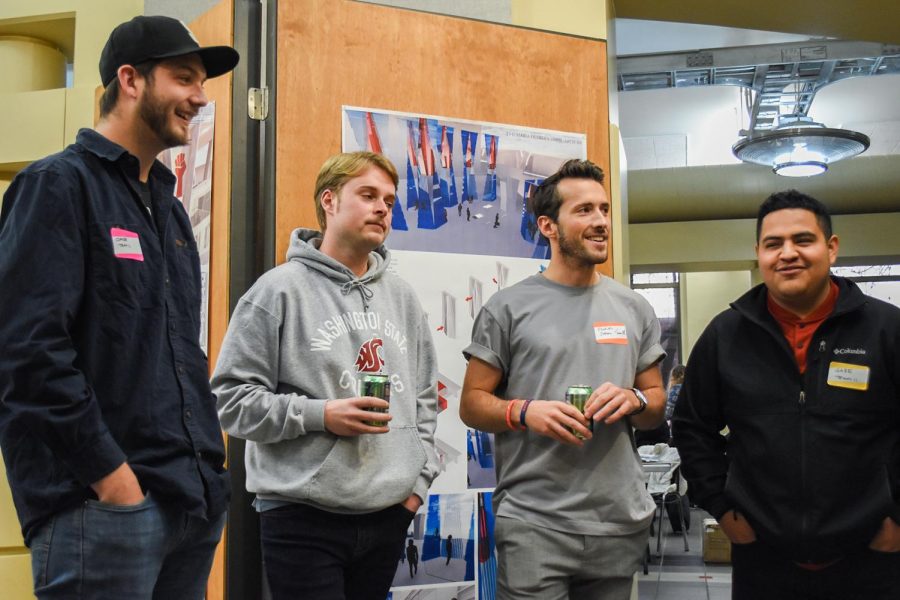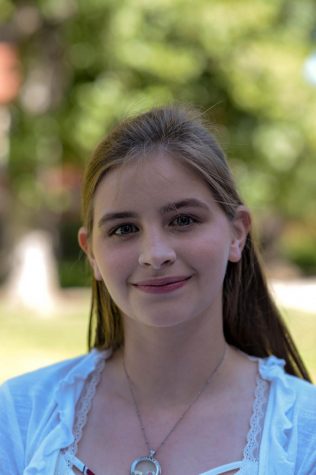Students ‘Hack-A-House’ for affordable living
Second annual event winner will go to convention on affordable housing
Graduate students Jake Monroe, Cole Coddington, Ezekiel Nelson and Gabriel Hernandez, celabrate after winnning the Hack-A-House competition on Friday evening at Carpenter Hall. They designed a way for farmers to build housing underneath their fields.
November 4, 2019
As more people struggle to find affordable housing, one group of students had an idea: they designed an underground housing model as a solution to the affordable housing crisis.
The WSU branch of the program had around 25 teams, or about 90 students, competing for a grand prize of $2500 and a trip to the Hive Conference this December.
Students were challenged to design affordable housing within the Palouse. Students could do this any way they wanted, said Ryan Smith, WSU School of Design and Construction director and co-event coordinator. They could address the actual buildings themselves as well as the economic and sociological aspects that create the problem of housing inequality.
A majority of the teams looked at the building itself, designing ways that would help cut the cost of home. Team 12, Architecture graduate students Luming Xiao, Feiran Zou, and Shanle Lin, designed a transforming house that would be able to convert its second story into a solar panel during the day and a room at night. This group won an honorable mention from the judges for their unique and creative design.
“We wanted to design a more meaningful space that could be useful without the occupant present,” Zou said.
Team 11, Architecture Graduate Students Jake Monroe, Coleman Coddington, Gabriel Hernandez, and Ezekiel Nelson, designed a solution specific to the Palouse by converting the steep hills that go unused by farmers into livable spaces. They designed a way for the roofs of those homes to be turned into valuable farmland for farmers in the area that could be rented from the homeowner. This team took home the Grand Prize for their efforts in designing sustainable and adaptable affordable housing in the Palouse.
The team joined the competition in order to help spread awareness and solve the affordable housing crisis, Hernandez said. This is an echo of the competition’s goals.
“We are presenting an opportunity for students to design a creative solution to the problem,” Smith said.
Coddington said that the inspiration behind their project was the Palouse itself.
“Being Architecture students, the land we are rooted in is important to how we design,” Coleman said. “[We] are rooted in the Palouse.”
The team also looked at the economics behind affordable housing by region. They had found that trying to force the same solution to work everywhere rendered the design ineffective.
“Looking from an economic standpoint, looking to more of a regional solution is better. Trying to make it work for everywhere it’s never going to work great,” Monroe said. “Making it really work good for a specific place will make it more effective.”
The Hack-A-House competition held its first event last year at the University of Utah. It has since grown to include WSU, in addition to students from U of I, and University of California.
This is a yearly event that sends the winners from each region to the Hive Conference, a meeting about affordable housing, on Dec. 4 to share their ideas. First-place winners were also given a cash prize of $2500, second place $1500, and third place a total of $500 each.











